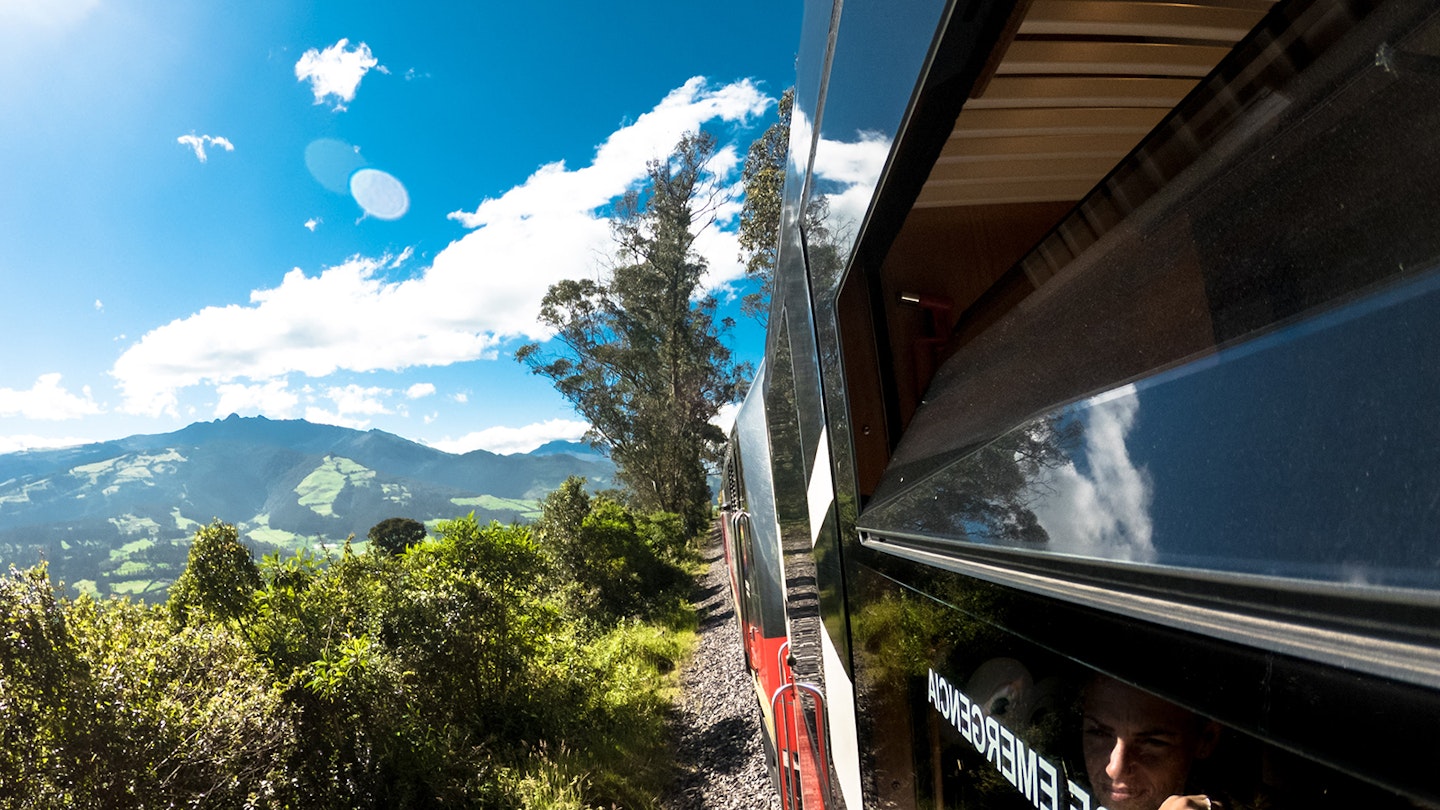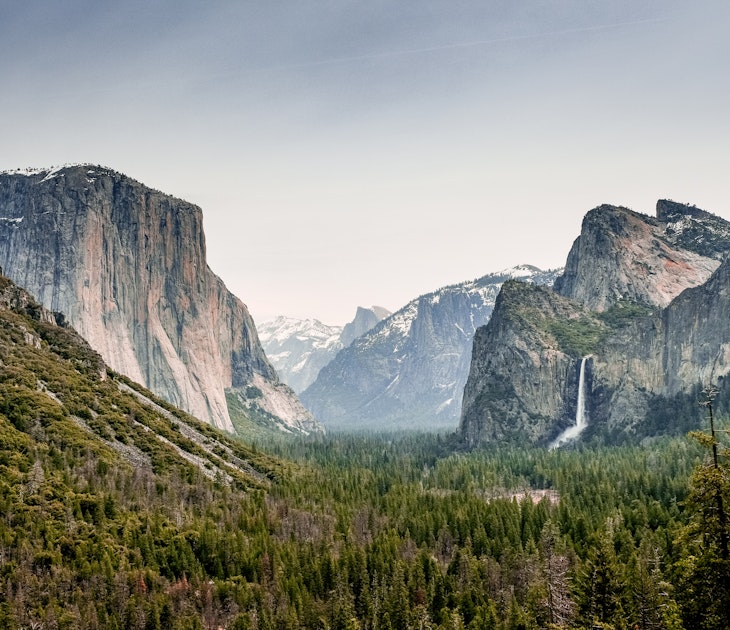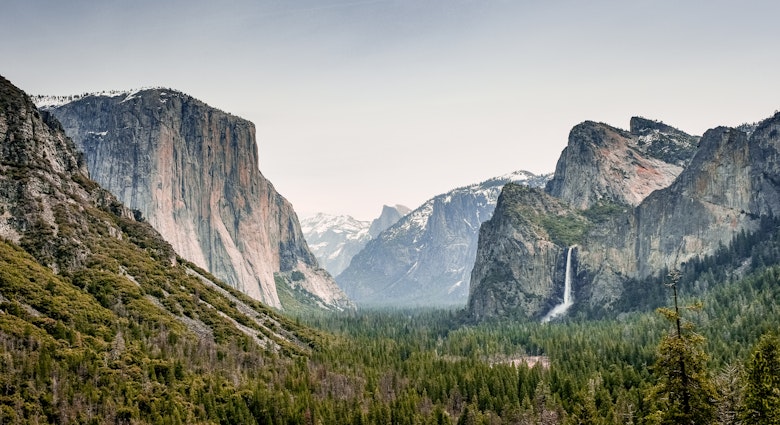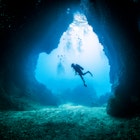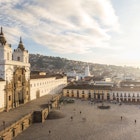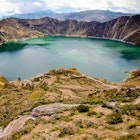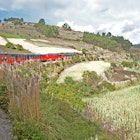From the lungs of the earth to the founding place of evolution, little Ecuador packs a big punch, exceeding expectations in nature-based sustainable travel. Leading the way as a global change-maker, Ecuador marries dense rainforests, untamed rivers and prehistoric volcanoes with community, culture and conservation.
It's worth noting that ecotourism and sustainable travel aren't exactly the same thing – ecotourism can be unsustainable. Sustainability refers to the broader concept of creating travel that is not environmentally or culturally damaging. Ecuador combines these two brilliantly; here's a list of some of our favorite sustainable ecotourism experiences.
The rise of ecotourism in Ecuador
Ecuador may be the smallest contender to make the list of the top ten most biodiverse countries, but that doesn’t stop it from inspiring and educating when it comes to ecotourism. Ecuadorian tourism entrepreneurs are leading the way regarding sustainable ecotourism, creating the awareness and attracting the financial support necessary to protect the environment around them. Rather than harvesting land, flora and fauna for short-term gain, many are employing sustainable models designed to generate revenue for generations to come.

Train rides through the Avenue of Volcanos
In an area punctuated with rolling hills, glacier-capped volcanoes and cloud-piercing mountains – all evidence of past tectonic activity – it’s hard to imagine a better backdrop for train travel. These types of trips, however, are usually costly and generally don’t put sustainability first. Tren Ecuador, on the other hand, prides themselves on “breaking with the traditional model of luxury train rides” to offer an affordable experience where everyone wins.
Departing from the old city center in Quito, the Tren de los Volcanes tour travels through the "Avenue of the Volcanoes," passing the iconic Pichincha and Cotopaxi volcanoes. The train makes a three stops along the way; including Cotopaxi National Park, where visitors disembark and take guided hikes through the temperate forests. At the final stop in Machachi, passengers enjoy a meal from Café del Tren, a locally owned and operated business working with Tren Ecuador via the company's social responsibility program.
In addition to operating under the United Nations’ Global Code of Ethics for tourism, Tren Ecuador invites nearby communities to take a leading role in product innovation, which in turn results in several community-operated restaurants, artisanal markets, museums, lodges and indigenous dance group presentations along the tracks.
If you’re traveling on the Tren de los Volcanes tour, consider getting off at the last stop (Machachi) and taking a bus or taxi to Baños or Cotopaxi instead of going back to Quito and taking a bus the same way.
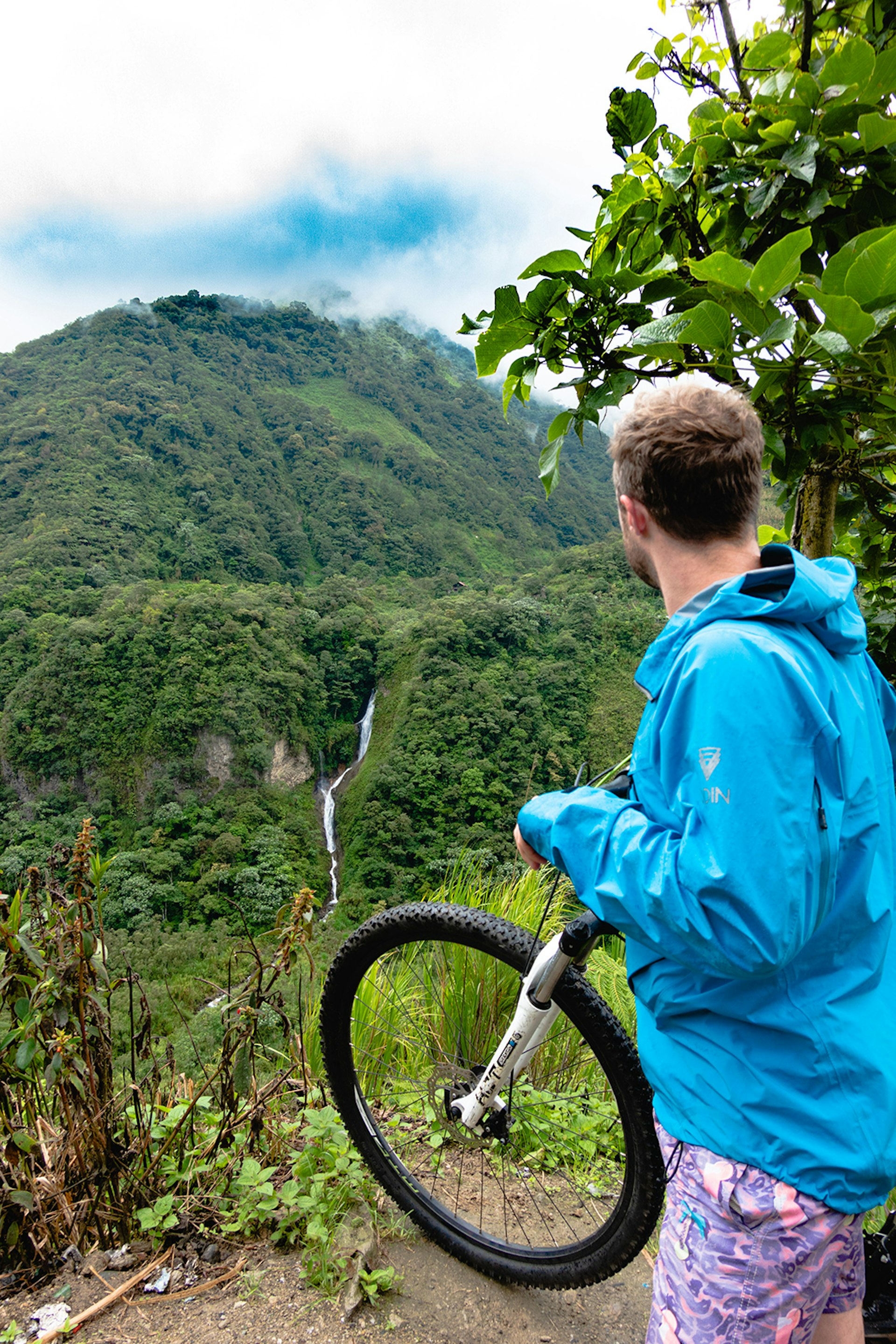
Bicycle adventures in Baños
Located on the edge of the Amazon and in the middle of Ecuador's enchanting cloud forests, Baños is a mountain and freshwater adventure hub that immerses travelers in experiences that have low environmental impact.
White water rafting, mountain biking, zip lining, mountaintop swinging, relaxing in hot springs, kayaking, hiking – the list goes on. Most travelers don’t set aside enough time for it all, but if you want to make the most of Baños, prepare to get an early start and participate in more than one activity a day.
The best way to see the area's beautiful waterfalls is by biking the Ruta de Cascadas (Route of the Waterfalls). It can get busy, so wake up early to catch the cascadas before the crowds. Several gondolas, hiking trails and boardwalks take you to the cloud forest-shrouded waterfalls. Bike rentals in Baños can vary in quality and condition; we recommend Wonderful Ecuador for rentals and cycling tours.

Sustainable Travel in the Galapagos
In a place that is wild, raw and always lives up to expectations set by film documentaries, the Galapagos National Park is a poster child for high standards of environmental protection. 97% of the volcanic archipelago has been protected since 1968 – people live on the other 3%. And while the number of visitors allowed per yacht tour license hasn’t changed in 25 years, the islands have seen an increase in the standard of service, boat efficiency, rules on marine pollution and the allocation of yachts per location. The National Park Authority identifies variables such as how much wildlife lives on each island and how close they are to pathways in order to determine how many people can be on each given pathway and at what time of day.
The number of visitors to the Galapagos grows every year, and the number of tour licenses (called ‘patents’) issued has increased for day trips due to high demand and the addition of newly built budget hotels. While this region is a sustainable role model for others around the world, there's progress to be made. Visitors often book inexpensive experiences that frequently come at a cost to the environment; doing more research and spending a little more money results in a far better experience and goes a long way in conserving this pristine place.
Awarding-winning catamaran Yacht Anahí is built on a foundation of sustainability and employee empowerment. With a high employee retention in an industry notorious for turnover, this luxury catamaran boasts an exceptionally skilled crew, the most efficient vessel in the National Park (according to the National Park Authority) and a carbon offset program that takes funds from each passengers’ payment and allocates it to a project that removes invasive flora and fauna and plants native trees.
The same Ecuadorian family who runs Yacht Anahí runs Ikala Hotel on Santa Cruz Island; this hotel was the first to set a trend in addressing the ongoing sewage problem by installing a compost system along with green energy, local sourcing and eliminating plastics. Another green hotel outside of the main Puerto Ayora area that's also committed to the environment, reforestation and conservation is Pikaia Lodge. Should you be looking to book day trips, the staff at these resorts will point you in the right direction.

Mindful travel in the Amazon
Despite its impressive size, the world's largest rainforest is a fragile ecosystem where tourism development can sometimes have harmful effects. In addition, many of the Amazon's original residents have often been excluded from conversations about tourism development. Yacuma Ecolodge in Tena has been working to change all this. Prior to the founding of the lodge and its adjacent nature reserve, local indigenous groups would sell their land to oil companies in exchange for short-term financial stability; when Yacuma entered the area, it bought the surrounding land to preserve it from industrial interests and create ongoing employment opportunity for nearby communities. Today, Yacuma employs knowledgeable local guides, serves locally sourced meals, powers the facilities using green energy, and perhaps best of all, maintains and protects the 274-hectare nature reserve that the locals and lodge call home.
Day hikes are especially notable for bird watching and identifying plant species, while guided night walks reveal a more active side of the Amazon replete with sightings of spiders, frogs and lizards. After a morning hike, cool off and tube down the Napo River or hang out in the riverside hammocks.
How to select sustainable operators
Sustainable travel can be broken down into a few key elements that all relate back to purpose and picking the right operators is an essential part of shifting tourism development patterns. When choosing a lodge or operator, pay attention to the connection between their values of community, culture and environment. The profits and benefits should go to the local communities, not corporations or chains. The environment should be protected and utilized as an educational asset, creating awareness and demand to keep it intact. And in Ecuador in particular, local indigenous culture should honored and preserved through realistic and stable employment opportunities. If these three attributes align, you’ll have a purpose-driven, sustainable adventure to remember.
Jonny Bierman travelled to Ecuador with support from EcoAndes. Lonely Planet contributors do not accept freebies in exchange for positive coverage.

